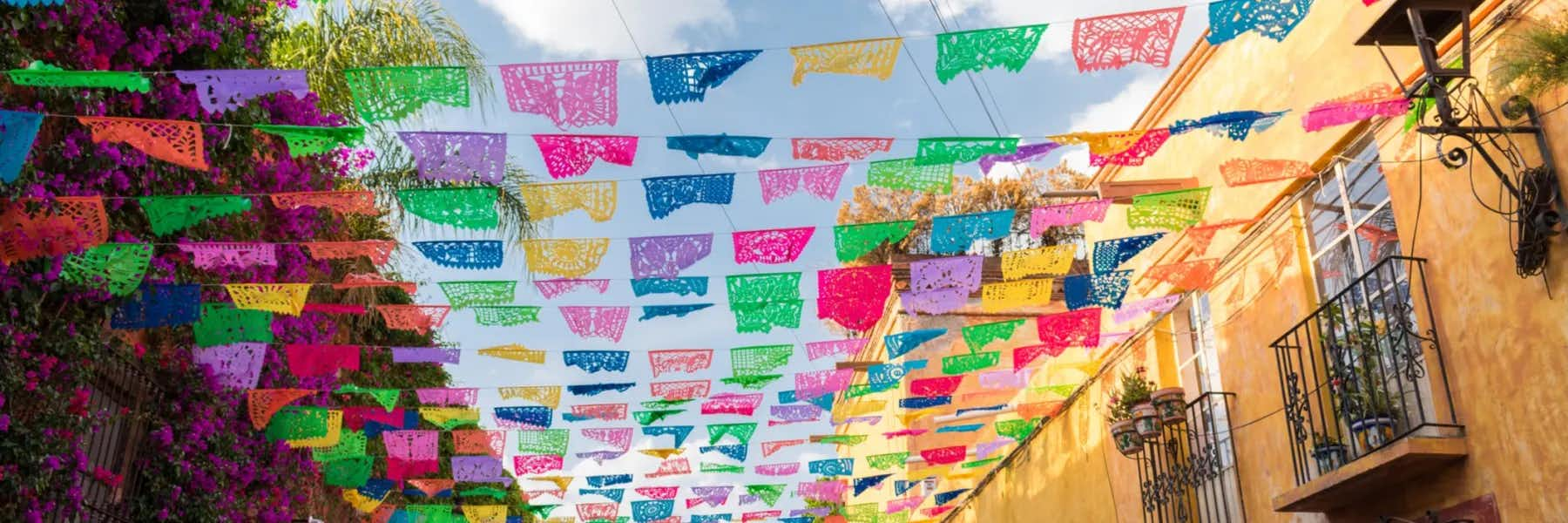By Wendy Justice
Mexico is a multi-faceted, multi-cultural society, with the legacy of indigenous Mayan and Aztec beliefs forming the base, merged with the more recent customs and practices instilled by centuries of European influence. Many of Mexico’s enduring traditions can be traced to one of these two cultural roots.
This diversity varies as you explore the country, through its distinctive regional dialects, varying observances of holidays, a cornucopia of local and traditional culinary specialties, and a mix of architectural styles and influences, but wherever you are, you’ll experience a vibrant society and a proud people.
Get Your Free Mexico Report Today!
Get Your Free Mexico Report Today!
Learn more about Mexico and other countries in our daily postcard e-letter. Simply enter your email address below and we’ll send you a free special report – Mexico: The Perfect Close-to-Home Retirement Haven.

By submitting your email address, you will receive a free subscription to IL Postcards and special offers from International Living and our affiliates. You can unsubscribe at any time, and we encourage you to read more about our Privacy Policy.
Background
Mexico’s population is over 129 million, making it the world’s 10th most populous country. Roughly 62% of the population is mestizo—people of mixed Central American and European ancestry. Ten percent of the population has a mostly European background, with the remainder being of an indigenous or predominately indigenous Central American origin.
Mexico is a highly urbanized country, with an estimated 81% of the population living in urban areas; of those, more than 21 million people live in the capital and metropolitan area of Mexico City, the fifth largest city in the world. Mexico has the 15th largest economy, just below those of Spain and Australia. According to the World Bank, Mexico is considered an upper-middle-income country with a GDP of slightly less than $10,000 per capita.
The political structure of Mexico is similar to that of the U.S., with executive, legislative, and judicial branches. The president is elected by popular vote and limited to serving a single six-year term. There is no vice president. If something were to happen to the president, the legislature would designate a provisional successor.
The Language: Habla Español?
Though more than 50 indigenous languages are spoken in Mexico, the vast majority of the people speak Spanish—in fact, Mexico has the largest number of Spanish speakers on Earth.
Spanish is the official language of Mexico and the language that is taught in schools, but many private and public schools also offer instruction in English. In urban areas and in places that attract foreigners, finding English speakers will not be a challenge. Even in small towns and rural areas, there will probably be someone who speaks at least some English.
Spanish belongs to the Romance language group derived from Latin, the same as English. Because of its similarities, it’s not considered a difficult language for English speakers to learn, and speaking even a little Spanish will greatly add to your Mexican experience. To learn Spanish or improve your existing skills, schools offering instruction and private tutors are available in most cities and larger towns throughout Mexico. Taking online classes in Spanish is also an option.
Social Conventions in Mexico
Because Mexico is so diverse, social norms vary considerably depending on socioeconomic status, gender, ethnicity, rural versus urban differences, religion, and other factors. A rural farmer in Chiapas lives a very different lifestyle from a successful executive in Mexico City. Even with these differences, though, some similarities are found throughout the country.
Relationships in Mexico
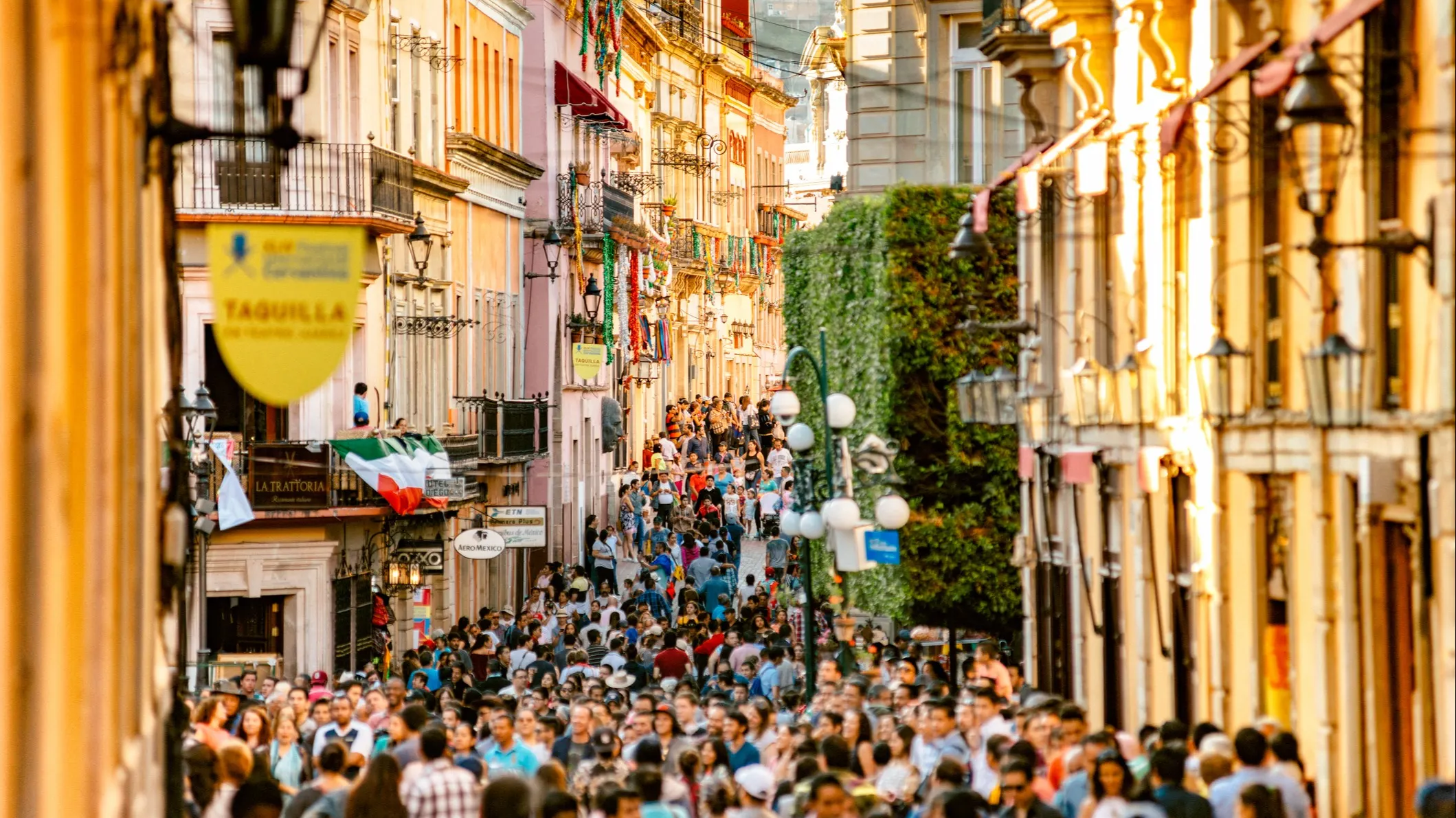
One of the most important elements in Mexican society is the family. It is common to see three or more generations sharing one residence. The status of the individual is strongly predetermined by the status of their immediate and extended family. Parents and grandparents are given a high degree of respect, as are seniors regardless of their family ties.
Because of the strong family ties, Mexican weddings can be especially lavish, but celebrating a young woman’s 15th birthday—her quinceañera—may be similarly extravagant. Large family fiestas with feasting, live music, and dancing late into the night are common in Mexico, attended by everyone from toddlers to grandparents.
Mexico has been a male-dominated society for many years, but now, with more women working outside the home, the expectation that men should be macho, and women should be submissive, has been slowly on the decline, especially in urban areas. Traditional patriarchal family roles, where the man supports the family financially while the woman raises the children, does the cooking, and maintains the house are still prevalent in rural areas.
Young Mexicans generally postpone marriage until they have completed their education and have found stable employment. The average age of marriage is 33 for men and 30 for women—a trend that has been steadily increasing in recent years.
Same-sex marriage has been legal throughout Mexico since 2010, and same-sex marriages performed anywhere in the country are recognized in all 31 states and Mexico City. Civil same-sex marriages are recognized by Mexican law; spousal rights, including the right of inheritance, coverage of spouses under the national social security system, and alimony are legally protected.
Food and Drink in Mexico
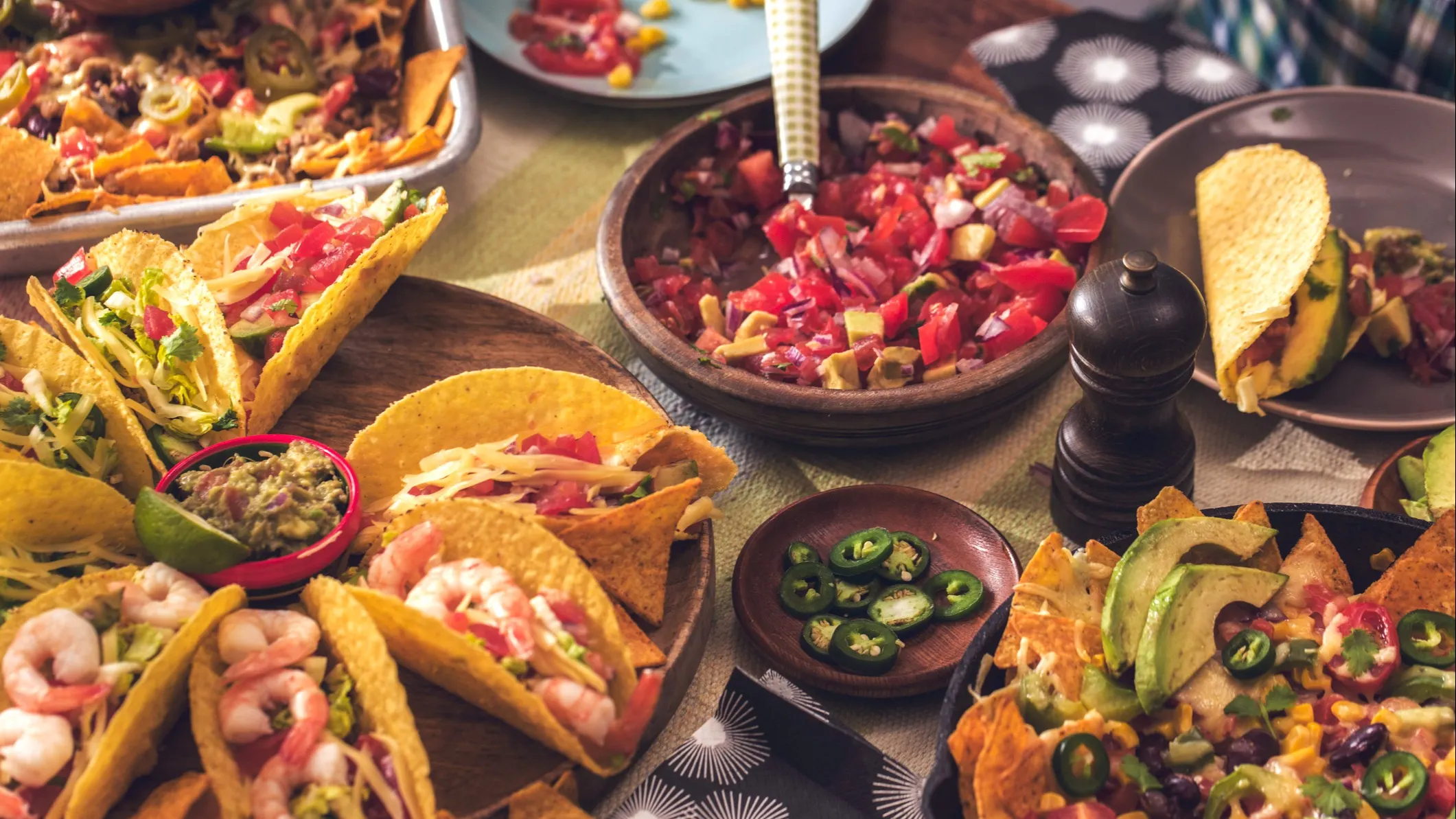
Mexican cuisine is popular the world over for good reason. Made with wholesome ingredients and infused with complex flavors, it tends to be hearty and satisfying. The most common staples are rice, beans, and corn—all of which are likely to be offered with practically every traditional meal. Other common ingredients include chilies, tomatoes, avocados, mild cheeses, and bell or sweet peppers. Corn tortillas and other foods made from corn are common throughout the country.
Some of the most popular Mexican dishes include tacos, enchiladas, chili rellenos (breaded poblano chilies, stuffed with cheese, covered in salsa, and often topped with even more cheese), burritos (seasoned meat or poultry wrapped in a flour tortilla), quesadillas (cheese and meat or other fillings toasted in a tortilla), cornmeal tamales (steamed in corn husks or banana leaves), and tortas (a sandwich of meat or other fillings on a bolio, or special torta bread).
The best steaks are served in northern Mexico, while coastal areas place more emphasis on seafood dishes such as snapper, ceviche, and fish tacos, while hearty dishes with rich, complex sauces are served most commonly in the south. Traditionally, people will have a light breakfast, then a substantial midday meal followed by a siesta, and a light evening dinner. Outside of tourist areas, it can sometimes be challenging to find a restaurant that’s open past 5 p.m. or 6 p.m.
Mexico is famous for its tequila, a potent alcoholic drink made from the agave cactus, as well as for its smoky and strong mescal. Other popular beverages include aguas frescas—refreshing drinks flavored with watermelon, jamaica (a tea-like drink derived from roselle flowers), guava, melon, or other fruits, as well as licuados (smoothies), horchata (a refreshing, mildly sweet milk-like beverage made from rice), and atoles (thick and warming hot chocolate-like beverages made with corn masa or rice meal).
Get Your Free Mexico Report Today!
Get Your Free Mexico Report Today!
Learn more about Mexico and other countries in our daily postcard e-letter. Simply enter your email address below and we’ll send you a free special report – Mexico: The Perfect Close-to-Home Retirement Haven.

By submitting your email address, you will receive a free subscription to IL Postcards and special offers from International Living and our affiliates. You can unsubscribe at any time, and we encourage you to read more about our Privacy Policy.
Etiquette in Mexico
Public Behavior
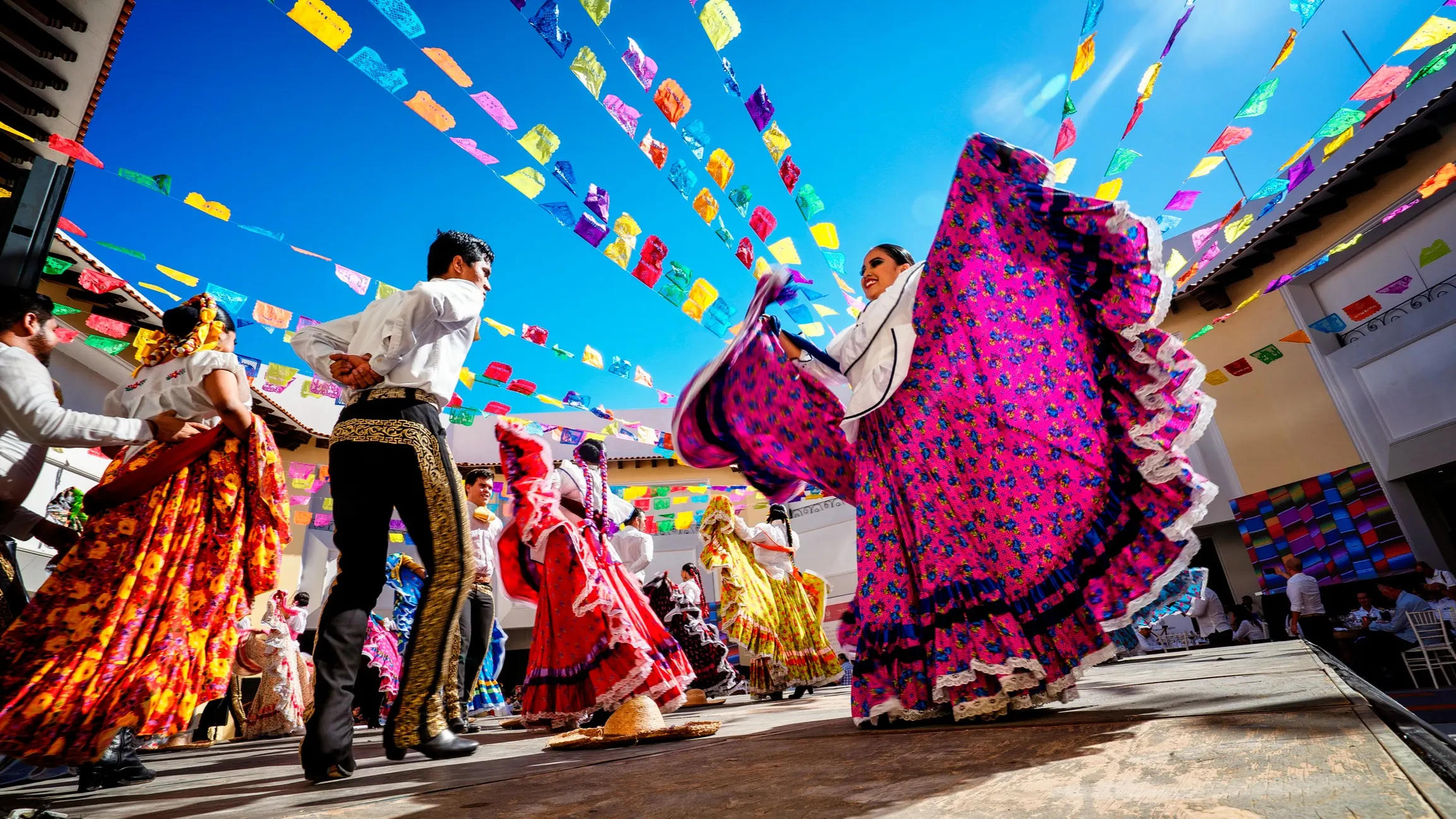
Mexico is not a quiet country. Wherever you are, you’ll probably hear dogs barking, loudspeakers blaring, and fireworks exploding. Most Mexicans don’t try to keep their voices down and they don’t expect that from others, either. Restaurants will be noisy and music blasts into the early hours from bars and nightclubs. Where there’s noise, there’s life.
Guest Etiquette
Time often moves slowly, even languidly, in Mexico, and the U.S. custom of being prompt is not an expectation here. Time can be quite flexible. If someone says that they will see you mañana, it may mean in the morning, tomorrow, or at some undetermined time in the future. It’s acceptable to arrive at a party 30 minutes to two hours late; coming precisely at the designated time would actually be considered rude, as your host would not yet be ready. The exceptions to this would be arriving within 30 minutes of the designated time for a dinner party, a business appointment, a wedding, a funeral, or a public performance.
If you’re meeting a group of people, greet each individual separately. Handshakes or “fist bumps” are the norm when greeting business associates or being formally introduced to someone. Embraces are also common and a bit more intimate, and cheek kisses among women are also proper.
Gift Giving
It’s customary to bring a small gift when you’re invited to someone’s home for a meal. Flowers are often given; other gifts could include wine, candies, or cakes, or if your guests have children, you could bring toys.
Avoid giving yellow flowers, which symbolize death, purple flowers, which are associated with funerals, or red flowers, which among the superstitious, are believed to cast spells.
Greetings
Mexicans have two family names; the first one is the father’s and the second is the mother’s. When addressing someone, use their paternal name and title (señor, señora, or señorita), or their honorific (doctora or professora, for example). It’s also polite to use their first name if you’re friends or acquaintances, but err on the side of formality.
It’s common to greet everyone you come into contact with, even if you’re just passing them by. Saying "¡buenos días!" (good morning, usually said before breakfast) and ¡buenas tardes! (good afternoon, which is said after breakfast but before retiring for the night) is polite and generally expected. If you’re unsure of what to say, a simple buen día (good day) is also acceptable.
Mexican Table Etiquette
When eating at a restaurant, the server will likely say provecho or buen provecho (equivalent to enjoy your meal, or bon appetit) when delivering your order. That is the signal that it is time to eat.
¡Salud! (to your health) is the customary toast when consuming alcoholic beverages.
Never cut the lettuce in a salad; instead, fold it with your fork and knife until it can be picked up with the fork.
When dining out, the person who did the inviting usually pays the bill. Most restaurants will split the bill if asked to do so.
When it’s time to request the check, raise your hand or wave to get the waiter’s attention; in Mexico, the bill is never presented until it’s requested. Any earlier than that would be considered rude.
Tipping is customary in Mexico. Tipping 10% for good service is acceptable; if the service was exceptional, then a 15% tip is appropriate.
Most nicer restaurants accept Visa or Mastercard; street vendors and small mom-and-pop restaurants are generally cash only.
It is polite to say provecho or buen provecho when passing by other diners as you leave the restaurant.
Business Protocol
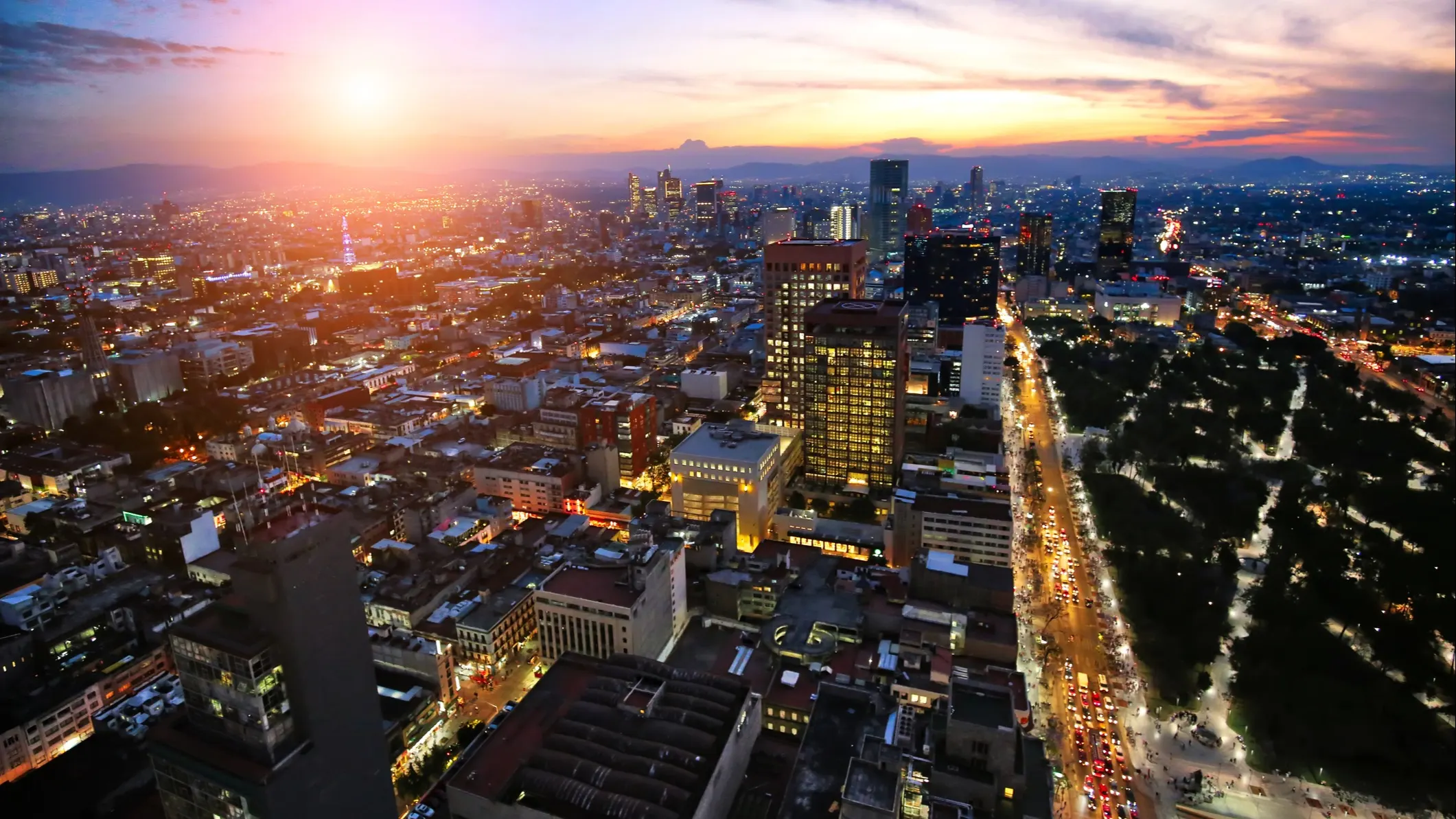
Mexico’s business culture shares many similarities to those of the U.S. and Canada. However, there are a few differences that are important to know.
Always be prompt for business meetings. This is one of the few examples when mañana is not appropriate.
Greetings
When introducing yourself, offer a firm handshake (or fist bump) and a business card. Writing down your contact information by hand may be viewed as a sign of being disrespectful or disorganized.
Always use the formal titles of señor, señora, and señorita, followed by the paternal surname, unless asked to do otherwise. As with any interaction in Mexico, if you’re uncertain how to politely address someone, use the formal usted form of “you” rather than the informal tu.
Attire
In Mexico, looking professional creates the perception of professionalism, while a poor physical presentation may result in an unsuccessful meeting. Although the rules for attire are similar here as they are in the U.S. and Canada, Mexico generally holds a more formal and conservative approach, especially in its major financial cities—Mexico City, Guadalajara, Monterrey, and Puebla. Men should wear a suit, tie, and vest, while women should dress in business suits and skirts. In steamy coastal cities, smart casual attire is acceptable.
Relationships
Relationships are everything in Mexico. Take the time to socialize and get to know each other before discussing any business.
Language
English is the language of business throughout the world, and Mexico is no exception. However, speaking at least a few words of Spanish, even if it’s only to apologize for your poor Spanish, will be greatly appreciated.
If you are not fluent in Spanish, you may want to hire an interpreter to ease any communication challenges.
Meetings and Negotiation
The first business meeting usually takes place in an office. Subsequent meetings will most likely involve a luncheon or dinner.
A business lunch may last for two hours or more and is used to build relationships—a necessity in Mexico—and to discuss business in a leisurely manner. Luncheons will start out casually, with a period of socializing and small talk, before business commences. Lunch usually begins between 2 p.m. and 3 p.m., while dinners may not start until after 7:30 p.m.
Successful negotiations require patience. Deadlines may be considered more as suggestions, and mañana may not mean tomorrow but sometime soon.
Avoid being overly aggressive when negotiating, as it is considered rude.
WhatsApp is commonly used throughout Mexico and can be used for informal communications.
Get Your Free Mexico Report Today!
Get Your Free Mexico Report Today!
Learn more about Mexico and other countries in our daily postcard e-letter. Simply enter your email address below and we’ll send you a free special report – Mexico: The Perfect Close-to-Home Retirement Haven.

By submitting your email address, you will receive a free subscription to IL Postcards and special offers from International Living and our affiliates. You can unsubscribe at any time, and we encourage you to read more about our Privacy Policy.
